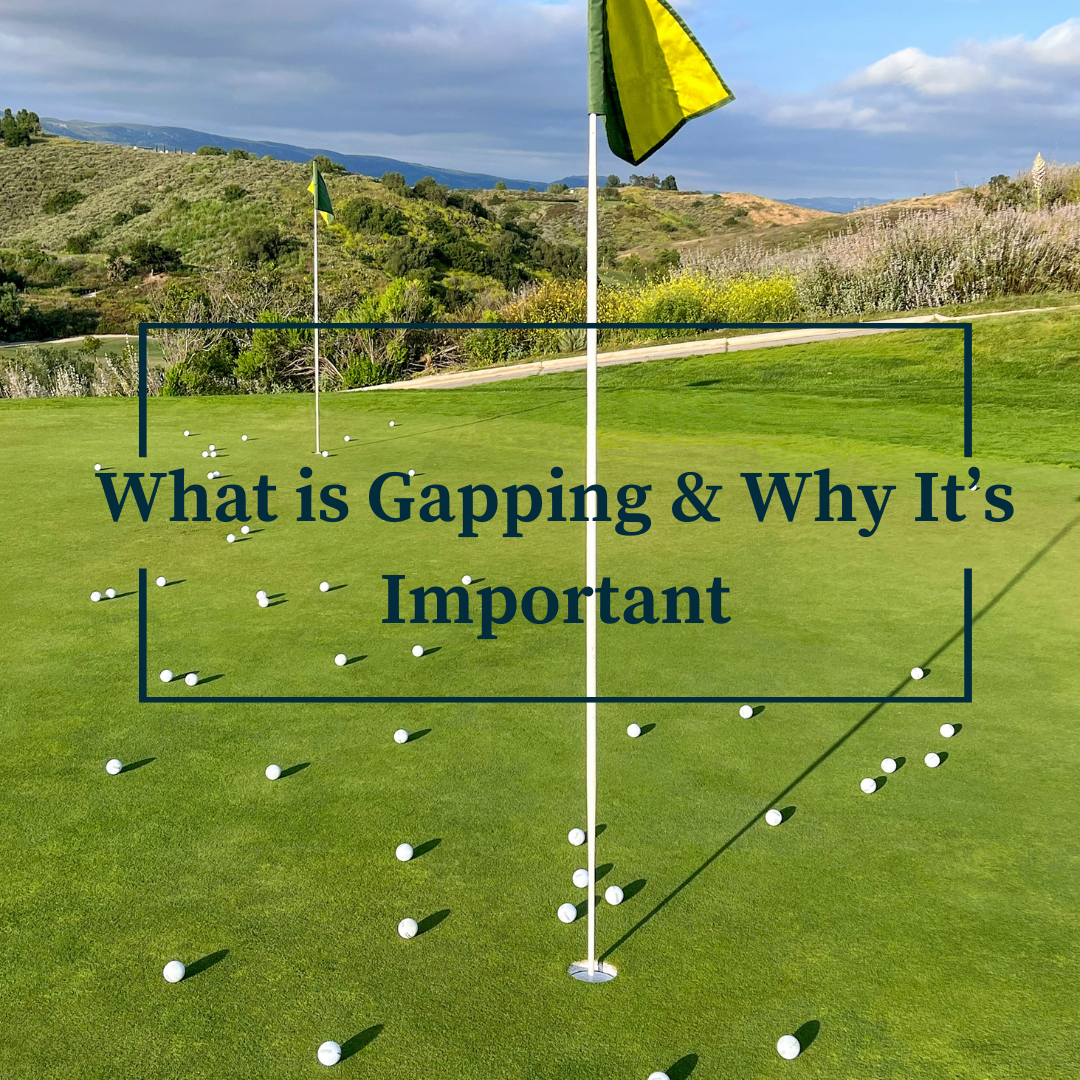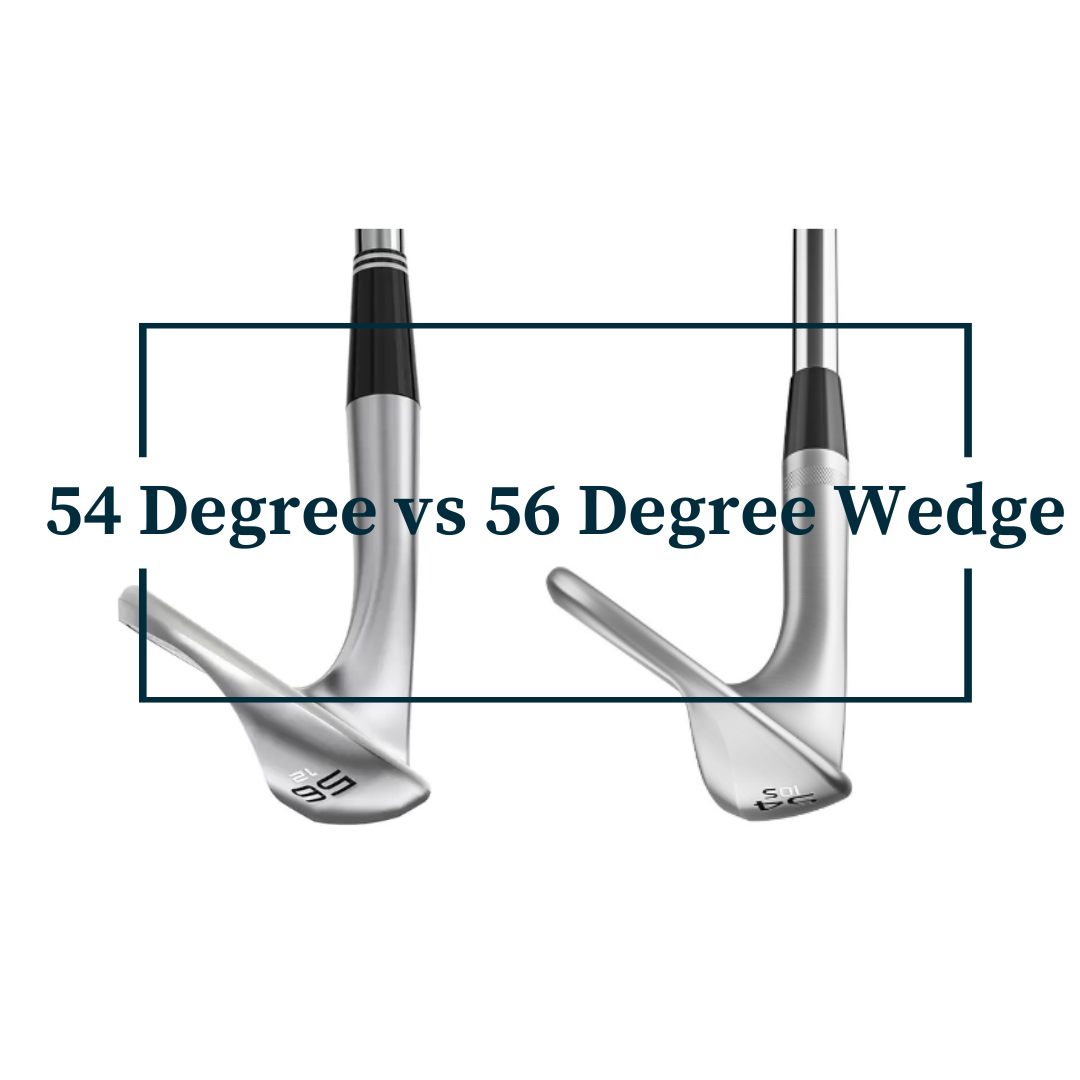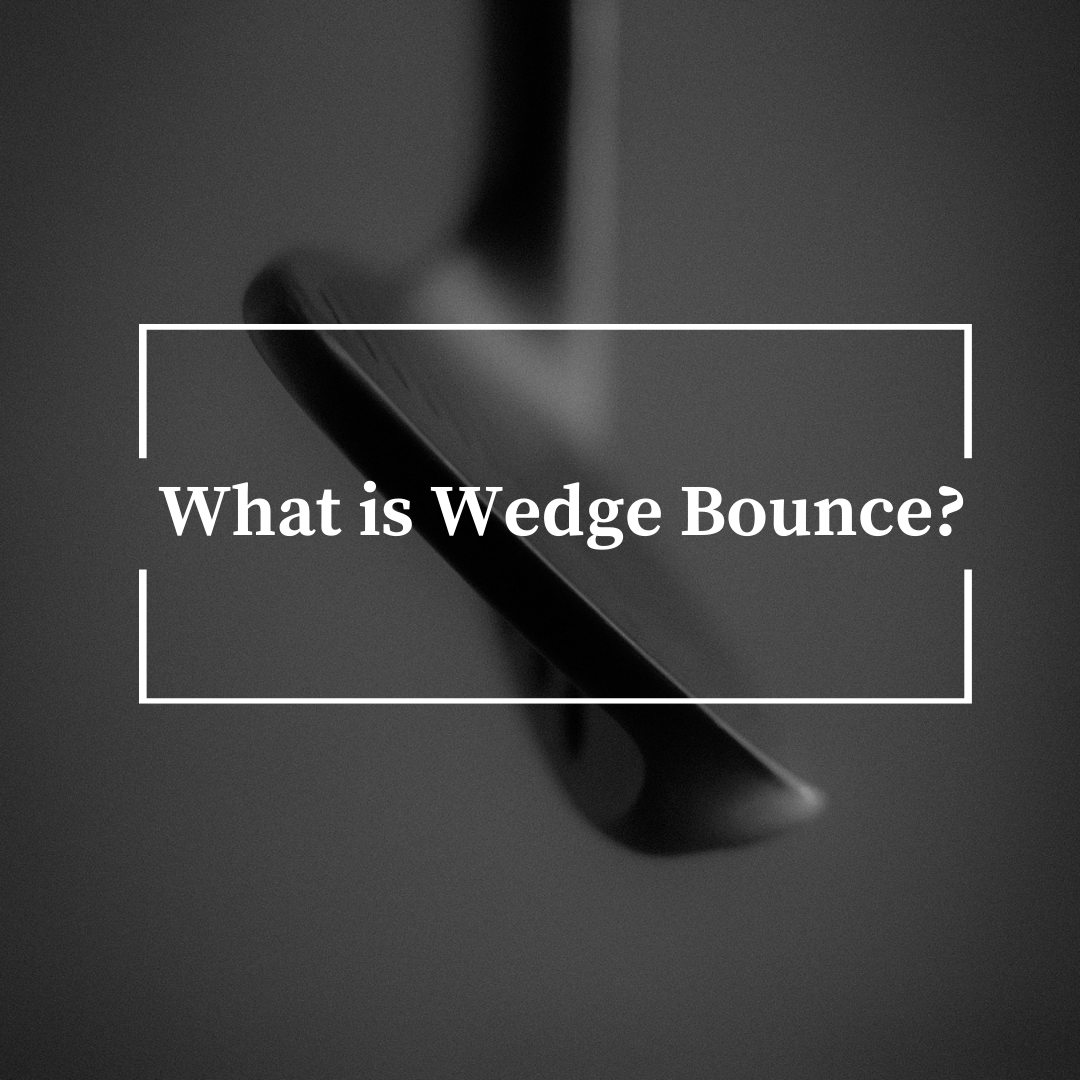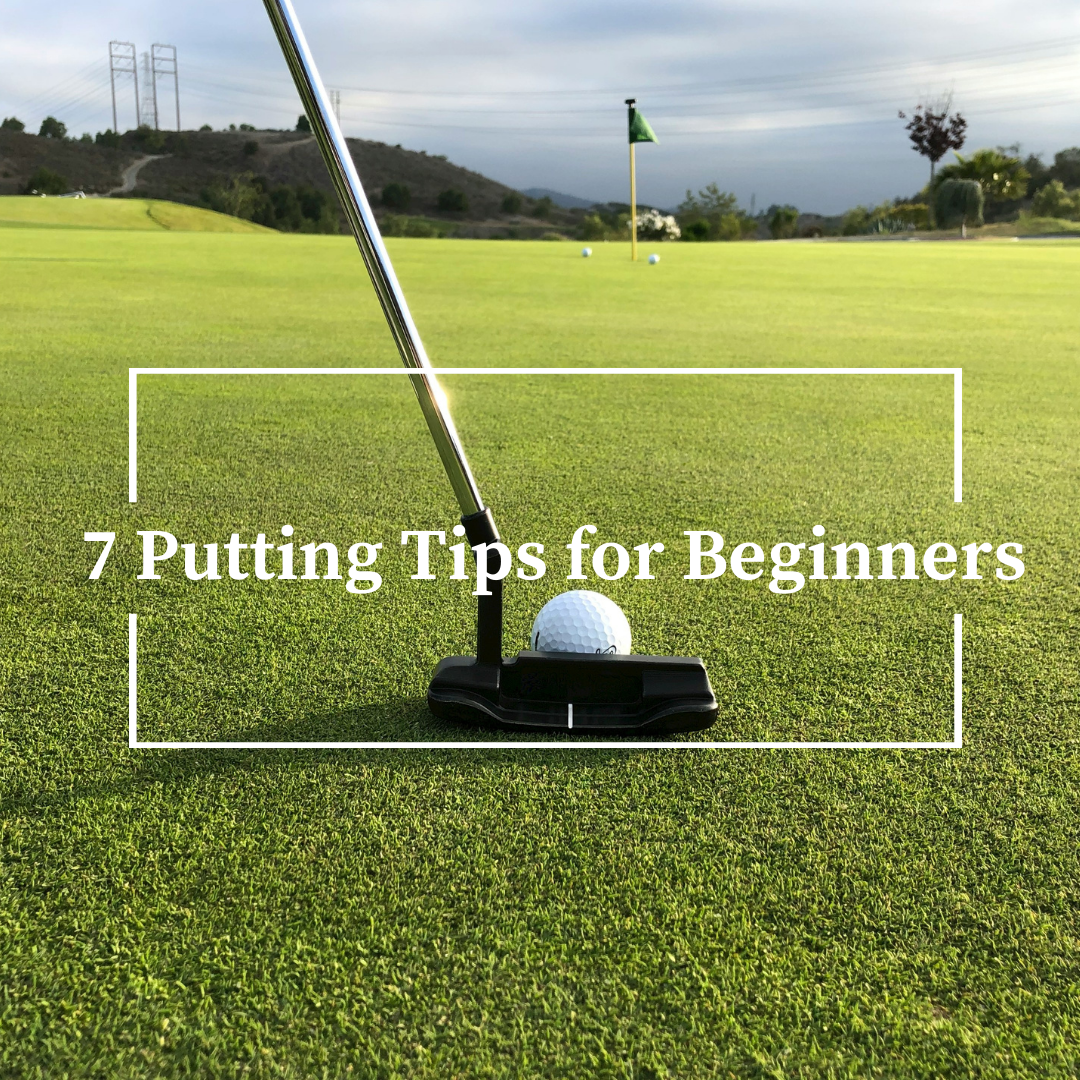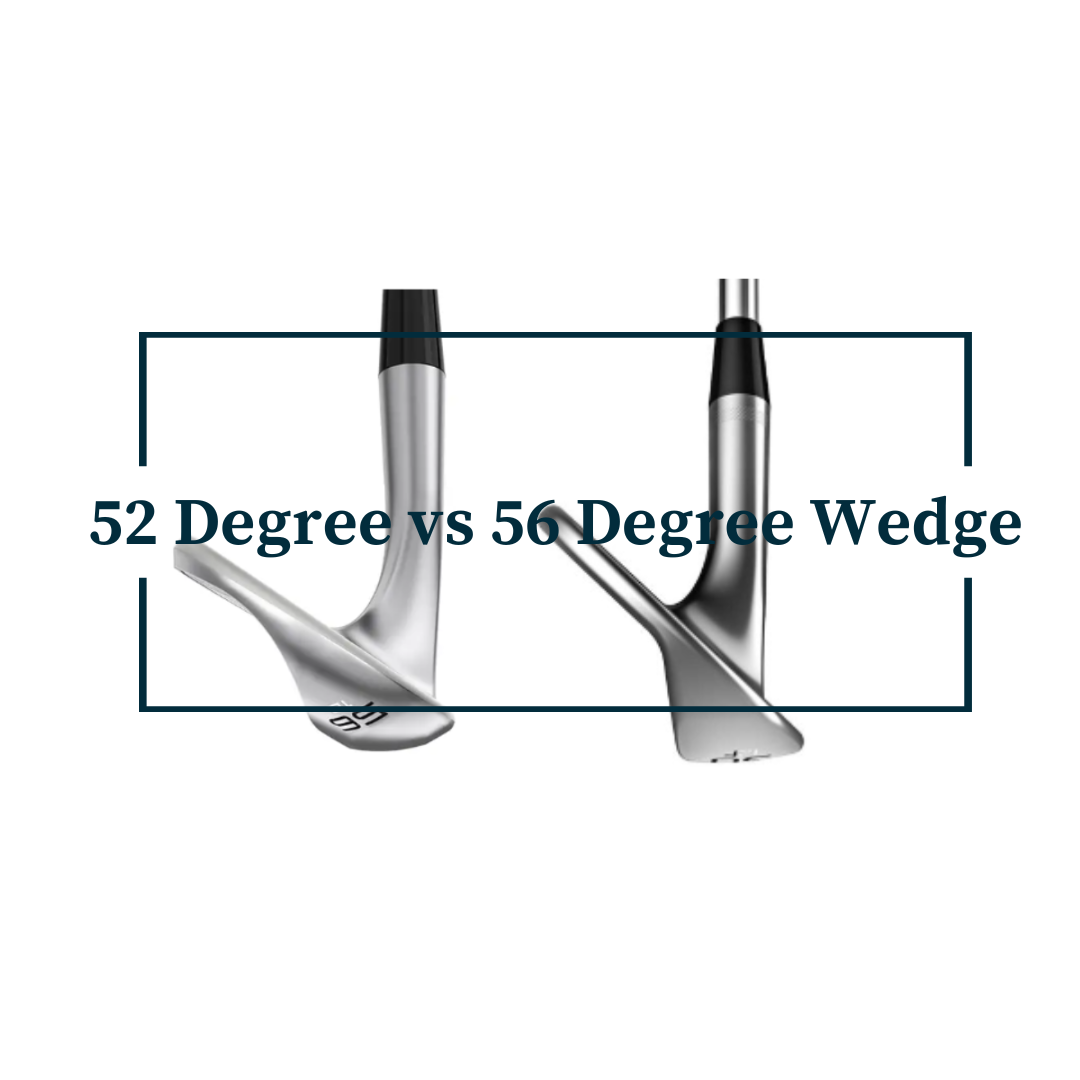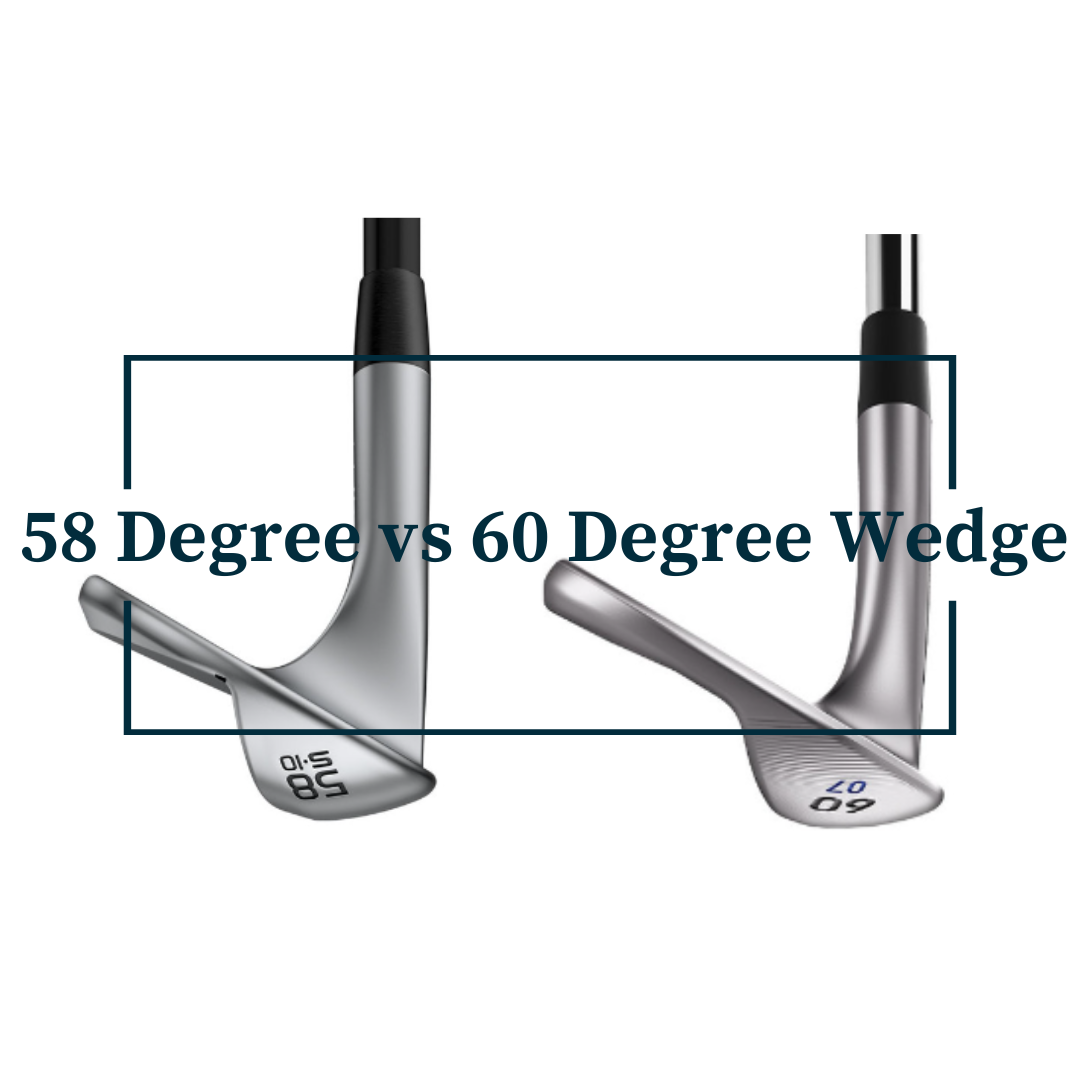Neither the 58 degree or 60 degree wedge is better than the other. Each wedge has its benefits and drawbacks. It depends on the skill level and individual needs of the golfer. But for the average golfer they will feel very little difference when hitting with each wedge.
The general rule of thumb though, based on skill level is:
- for mid handicap golfers the 58 degree would suit better.
- for low handicap to scratch golfers the 60 degree wedge would suit better.
This is the case as the less loft there is on the wedge, the easier it will be to hit.
In this article, I am going to provide the key information on which wedge is best for which situations. So you can decide which wedge is best for your game or do you need it at all.
Why use a 58 Degree Wedge?
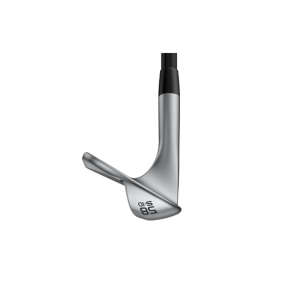
The 58 degree wedge is a lob wedge and can be used for a variety shots, where you need to get the ball high in the air. These shots include:
- Bunker Shots: with the high loft and high wedge bounce it cuts through the sand. But, you need to be aware of the firmness or softness of the sand. For harder surfaces you want lower wedge bounce and for softer surfaces you want higher wedge bounce.
- Approach Shots: from 45-70 yards from the green.
- Chips on a downhill lie: as the downslope has the effect of reducing the loft of your club. To compensate, using a 58 degree will suit these situations.
This wedge can help you improve your short game as it is a versatile wedge and can help with:
- Control: due to the high loft it increases the spin rate on the ball, making it easier to stop the ball on the green. This level of control becomes particularly useful when you are faced with a tight lie or a difficult pin placement.
- Versatility: as mentioned above it allows a lot of different shots to be played.
A key point about control and versatility is having the skill to be able to play these shots. If you are a high handicapper, I would suggest not to entertain adding the 58 degree to your bag.
Why use a 60 degree Wedge?
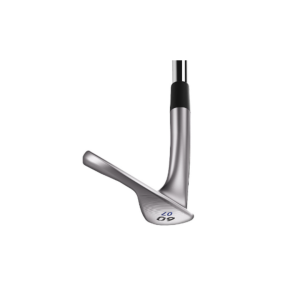
The 60 degree is also a lob wedge and very much mimics the use cases of a 58 degree wedge. There will be minor differences between the wedges. The differences are:
- Approach Shots: due to the higher loft, a 60 degree will travel less distance. You will be wanting to hit your approach shots anywhere from 40-60 yards.
- Lobbing the ball over water or a bunker onto the green: with the higher loft it will get the ball high into the air landing softly on the green.
Should You Use a 58 Degree or 60 Degree Wedge?
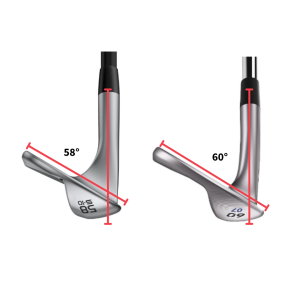
When it comes to choosing between a 58 degree and 60 degree wedge, it can be a tough decision. Both wedges have their advantages and disadvantages, and it comes down to a few factors. Lets look at these factors to help you choose which wedge is best for your game.
Wedge Gapping
The most important of all the factors is getting your wedge gapping correct. What is meant by gapping is the yardage number between the distance you hit each wedge. This yardage number is going to be determined by the loft of each wedge. As Vokey recommends, there should be a 4-6 degree loft gap between each wedge, which equates to a 10-15 yard gap.
On top of this you need to consider you have a 14 club limit, so typically an average golfer should have 2-3 wedges in their bag:
- Pitching Wedge: 44-48 degrees
- Sand Wedge: 54-56 degrees
- Gap Wedge: 49-52 degrees
- Lob Wedge: 58-62 degrees
The way to work out what wedges you need is work off your pitching wedge. Let us take an example that you have a 44-degree pitching wedge:
- Pitching Wedge: 44-Degree
- Gap Wedge: 50-Degree
- Sand Wedge: 56-Degree
In this example there is no need for a lob wedge as you have the appropriate gapping. You may want to add a lob wedge if you are low handicapper/scratch golfer.
Distance
58 Degree
When I hit my 58 degree wedge, I hit it on average with a full swing about 90 yards. But the distances can range drastically from 45 to 110 yards. The reason for this is that when you are hitting a lob wedge you really do not want to be hitting it with a full swing. But typically you will be hitting a 58 degree from 45-70 yards from the green due to the reduced swing power.
It is better to hit it at 1/2 or 3/4 swing power. What this does is maximize your control over the shot, which helps with accuracy, distance and spin control. This is what the purpose of a lob wedge, to maximize control over distance.
60 Degree
I do not have a 60 degree wedge but when I trialed a friends out on the driving range recently. I was hitting on average about 75 yards with a full swing. The distances on average range from 60-100 yards. The distances do not range as much as a 58 degree as lower handicap and scratch golfers play with a 60 degree.
Like a 58 degree, it is better to hit a 60 degree at 1/2 to 3/4 power to maximize control over the shot.
Skill Level
58 Degree
The mid-handicapper/average golfer would use the 58 degree wedge as it is easier to hit and has less room for error.
60 Degree
The low handicap/scratch golfer would use the 60 degree wedge as they have a greater skill level and have a need for it in their wedge setup.
The Verdict
Unfortunately, there is no definitive answer on which wedge to use. It comes down to the needs of the individual golfer. To determine these needs will come down to the gapping of your wedges.
I would recommend the following though:
- if you are beginner, you do not need to worry about a 58 or 60 degree wedge. A sand wedge would suffice for the needs of your game.
- if you are a mid handicapper you should not worry about a 60 degree. A 58 degree would suffice for the needs of your game.
- the only golfers that should be using a 60 degree wedge are low handicap or scratch golfers.

